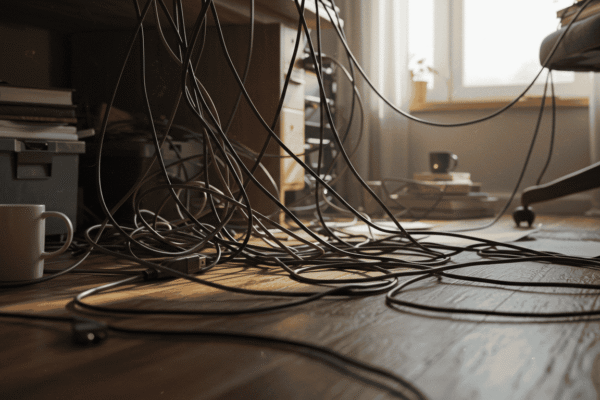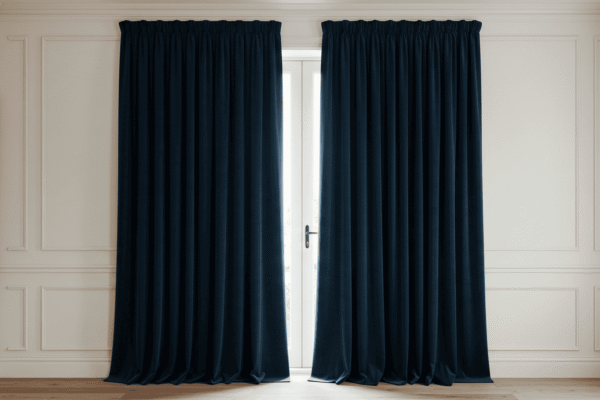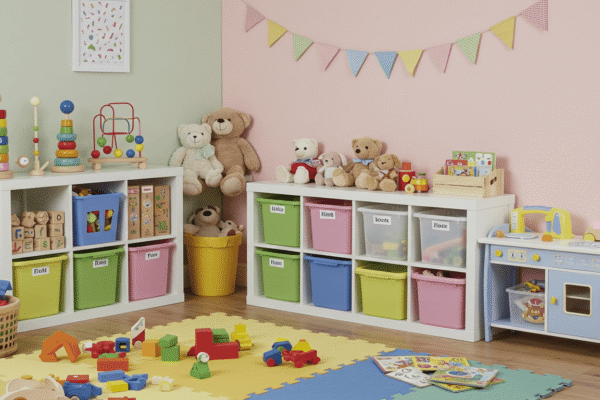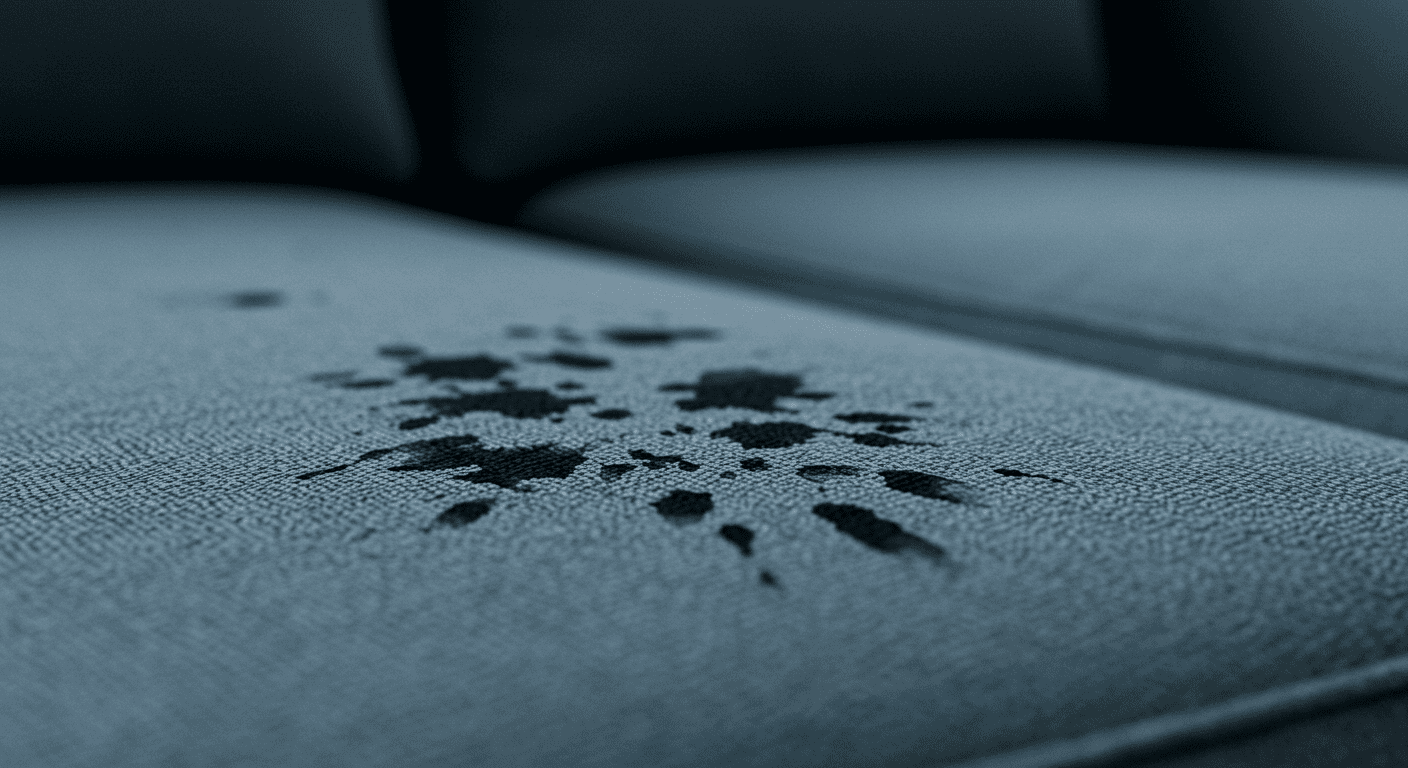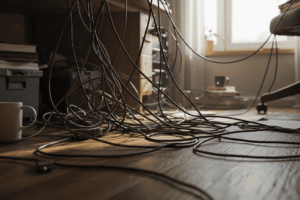How to remove ink stains from furniture can feel like a daunting task, especially when you’re worried about damaging the surface. Whether it’s a small ink mark from a pen or a stubborn stain from a permanent marker, ink stains can quickly ruin the look of your beloved furniture. The good news is that with the right techniques and household items, you can remove ink stains from furniture safely and effectively. In this guide, we’ll walk you through proven methods tailored to different materials—wood, fabric, leather, and microfiber—so you can restore your furniture without any harm. Say goodbye to those pesky ink spots and hello to a fresh, clean home!
Understanding Ink Stains and Furniture Surfaces
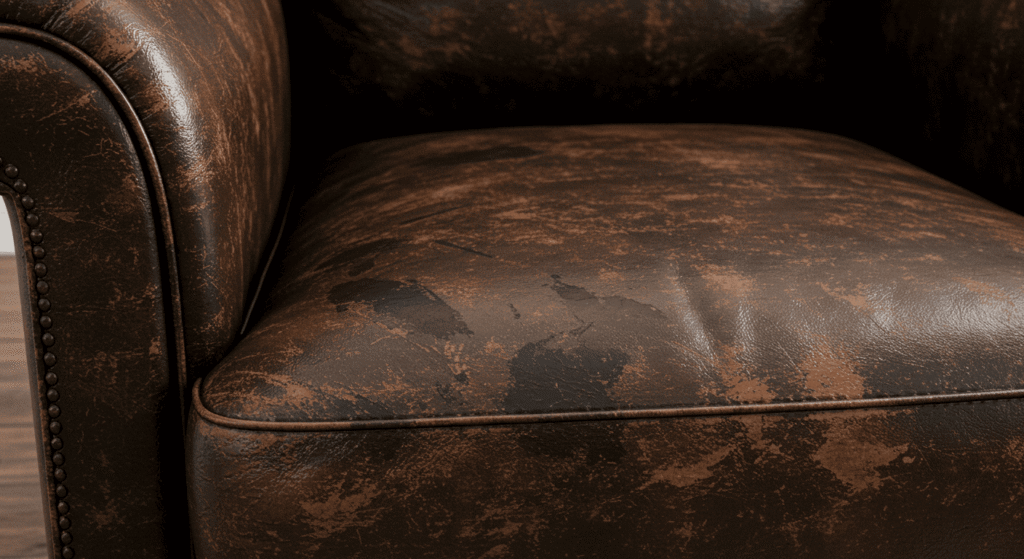
Before diving into how to remove ink stains from furniture, it’s important to understand why ink stains can be so challenging to tackle and how different types of ink and furniture materials interact. This knowledge will help you choose the best cleaning method that effectively removes stains without causing damage.
Why Ink Stains Are Tricky
Not all ink is created equal. There are several types commonly found in homes, including pen ink, marker ink, and permanent ink—each with different chemical compositions. Pen ink is often water-based and can sometimes be easier to remove, while marker ink tends to be stronger and more pigmented. Permanent ink, as the name suggests, is designed to resist fading and washing, making it the toughest to eliminate.
Another factor that makes ink stains difficult is how ink penetrates various surfaces. Some furniture materials are absorbent, like fabric and unfinished wood, allowing ink to soak deep into fibers or pores. Others, such as finished wood or leather, are non-absorbent or semi-absorbent, meaning ink tends to sit on the surface, which can sometimes make removal easier but also risks smearing.
How Different Surfaces React to Ink
Understanding how your furniture’s material interacts with ink is key to selecting a safe and effective cleaning approach. For example, solid wood furniture may absorb ink if unfinished or porous, but sealed or varnished wood often resists deep penetration. Leather tends to absorb ink but can be damaged by harsh chemicals if not treated carefully. Fabric furniture can be very absorbent, and different types of upholstery—such as microfiber versus cotton—respond differently to stain removal methods.
To clarify, here is a quick overview:
| Furniture Material | Ink Absorption Level | Cleaning Challenges |
|---|---|---|
| Wood (finished) | Low | Risk of surface damage or smearing ink |
| Wood (unfinished) | High | Deep ink penetration requires gentle abrasion |
| Leather | Medium | Can dry out or discolor with harsh cleaners |
| Fabric | High | Ink can penetrate fibers deeply, may require blotting and repeated treatment |
| Microfiber | Medium | Requires careful cleaning to avoid water marks or texture changes |
This table provides a helpful guide to understanding how ink behaves on different furniture materials, making it easier to choose the right removal technique that preserves your furniture’s surface while eliminating the stain.
Tools & Materials You’ll Need Before You Start
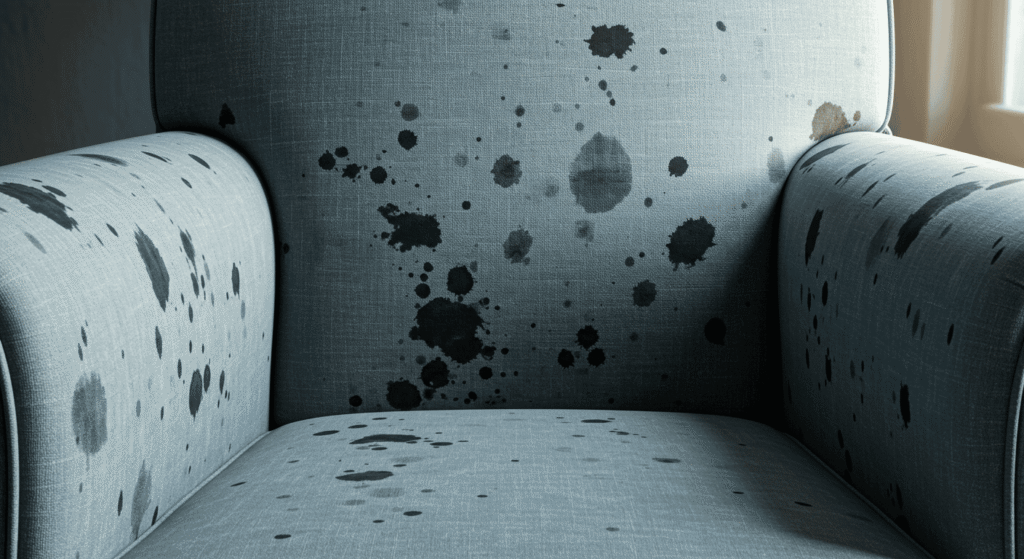
Before you begin learning how to remove ink stains from furniture, it’s essential to gather the right tools and materials. Using common household items not only makes the process convenient but also helps avoid harsh chemicals that could damage your furniture. Preparing properly will set you up for success and ensure the best results.
Common Household Items That Work Wonders
You don’t need expensive or specialized products to tackle ink stains. Some simple items found in most homes are surprisingly effective:
- Rubbing alcohol: A powerful solvent that breaks down ink pigments without harsh abrasiveness.
- White vinegar: Natural acid that helps dissolve ink and lift stains.
- Baking soda: Acts as a gentle abrasive and deodorizer when mixed into a paste.
- Dish soap: Cuts through oils and helps lift ink from surfaces.
- Soft cloths and cotton swabs: For gentle application and precise stain treatment.
- Bowls and spray bottles: To mix solutions and apply evenly.
Having these supplies ready before you start will make the cleaning process smoother and more effective.
Precautionary Steps to Protect Your Furniture
Even with gentle household items, it’s important to take precautions to avoid causing damage during ink removal:
- Patch test: Always test your cleaning solution on a small, inconspicuous area of the furniture to check for any adverse reactions such as discoloration or damage.
- Proper ventilation and surface prep: Clean in a well-ventilated area to avoid inhaling fumes, and gently dust or vacuum the furniture surface before applying any cleaner to remove loose dirt that could interfere with treatment.
By taking these simple safety steps, you can confidently proceed with stain removal while protecting the finish and integrity of your furniture.
How to Remove Ink Stains from Wooden Furniture
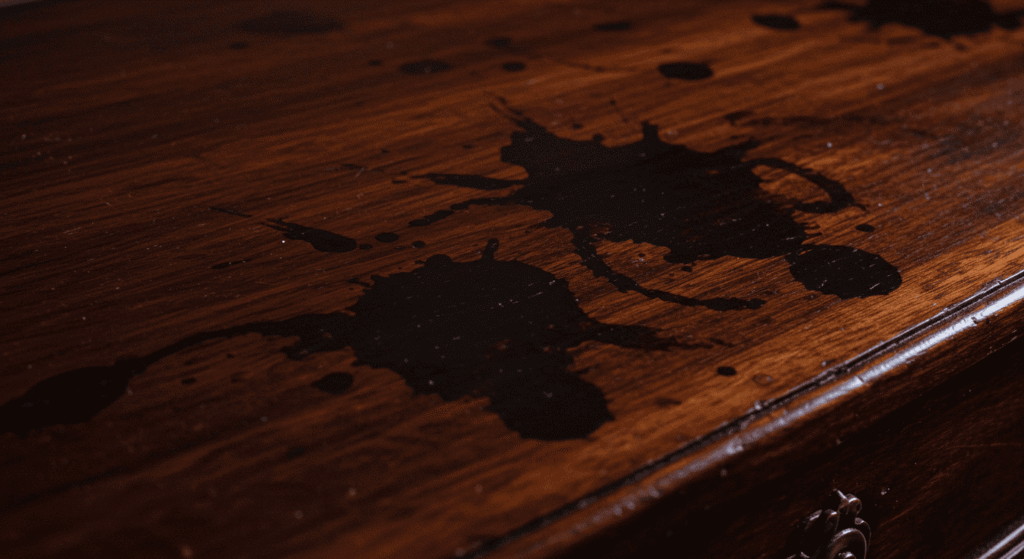
Removing ink stains from wooden furniture requires a careful approach to avoid scratching the surface or causing discoloration. Wood can be delicate, especially if it has a finish or varnish, so using the right methods will help you restore your furniture without harm.
Method 1 – Alcohol & Soap Combo
One of the most effective ways to remove ink stains from wood is by using a combination of rubbing alcohol and dish soap. Begin by dampening a soft cloth with rubbing alcohol and gently blot the ink stain—avoid rubbing aggressively to prevent spreading the ink or damaging the finish. Follow this by mixing a small amount of dish soap with water and lightly wiping the area to remove any residue.
After cleaning, it’s important to dry the wood thoroughly using a clean, dry cloth. Once dry, apply a wood polish or conditioner to restore moisture and maintain the wood’s natural shine.
Method 2 – Baking Soda Paste
For deeper or more stubborn ink stains, a baking soda paste can offer gentle abrasion without harsh chemicals. Mix baking soda with a small amount of water to form a thick paste, then apply it carefully to the stain using a soft cloth. Rub gently in circular motions to lift the ink without scratching the surface.
Be cautious not to overdo this method, as excessive scrubbing or leaving the paste on for too long can wear down the finish. Always rinse off the paste promptly with a damp cloth and dry the area thoroughly. Use this technique sparingly and only on spots where other methods have not worked.
How to Get Ink Out of Fabric or Upholstered Furniture
Fabric and upholstered furniture are highly absorbent, which means ink stains can quickly soak deep into the fibers. Removing ink from these materials requires a gentle yet effective approach to avoid spreading the stain or damaging the fabric.
Blot, Don’t Rub – Why It Matters
The first rule in tackling ink stains on fabric is to blot, not rub. Rubbing can push the ink further into the fibers and cause the stain to spread, making it much harder to remove. Use a clean, white cloth or paper towel to gently blot the stain, absorbing as much ink as possible before applying any cleaning solution.
Vinegar & Dish Soap Method
A proven and gentle solution for fabric upholstery is a mix of white vinegar and dish soap. Combine one tablespoon of dish soap with two tablespoons of vinegar and two cups of cold water. Use a clean cloth dipped in this mixture to dab the stain gently. Work from the outside edges of the stain toward the center to prevent spreading.
If the stain persists, wait a few minutes, then reapply the solution carefully. Avoid soaking the fabric to prevent watermarks or damage to the padding underneath.
Hydrogen Peroxide: Use with Caution
Hydrogen peroxide can be an effective option for light-colored fabrics, as it helps break down stubborn ink stains through mild bleaching action.
When to Avoid Peroxide on Dark Fabrics
Avoid using hydrogen peroxide on dark or vibrant fabrics, as it can cause discoloration or fading. Always perform a patch test on an inconspicuous area before applying peroxide to ensure the color will not be affected. If you notice any fading or color change, stop immediately and try a different method.
Ink Stain Removal for Microfiber Furniture
Microfiber furniture is popular for its soft feel and durability, but it requires special care when it comes to removing ink stains. Because microfiber is made of tightly woven synthetic fibers, improper cleaning can lead to water marks, discoloration, or changes in texture.
Rubbing Alcohol Mist Technique
One of the safest and most effective ways to remove ink from microfiber is using rubbing alcohol applied as a light mist. Fill a spray bottle with rubbing alcohol and lightly spray the stained area—avoid soaking the fabric. The alcohol breaks down the ink without damaging the fibers or leaving water stains.
After spraying, gently blot the stain with a clean cloth to lift the ink. Microfiber dries quickly with this method, which helps prevent watermarks.
Brushing & Fluffing After Cleaning
Once the stain is removed and the area is dry, restoring the fabric’s natural texture is important. Use a soft-bristle brush to lightly fluff the microfiber, gently lifting the fibers back to their original position. This step helps maintain the fabric’s softness and prevents the cleaned area from looking flat or worn compared to the rest of the furniture.
How to Remove Ink From Leather Furniture Without Drying It Out
Leather furniture adds elegance and comfort to any space, but it is a delicate material that requires extra care when removing ink stains. Harsh cleaning methods or excessive moisture can dry out leather, causing it to crack or lose its natural luster. To keep your leather looking its best, gentle treatment combined with proper conditioning is essential.
Light Touch Cleaning With Alcohol
A common and effective method for ink removal on leather is using rubbing alcohol. However, it’s crucial to dab, don’t soak the stained area. Apply rubbing alcohol sparingly on a cotton swab or soft cloth and gently dab the ink stain. Avoid rubbing or saturating the leather, as this can damage the finish or push the ink deeper.
After cleaning, always follow up with a leather conditioner to replenish moisture and protect the surface from drying out.
When You Need a Second Round
Sometimes, stubborn ink stains require multiple treatments. If the stain persists after the first cleaning, wait for the leather to dry completely, then gently repeat the process using the same light dabbing technique. Be patient—multiple gentle applications are better than one aggressive attempt.
Natural Moisture Restoration Tip
To naturally restore moisture after cleaning, apply a small amount of natural oils such as coconut or olive oil (using a clean cloth) in a light, even layer. Let it absorb fully before buffing with a soft cloth. This helps keep the leather supple and prevents cracking, especially after stain removal.
Quick Comparison Table: Best Methods by Surface & Ink Type
| Surface Type | Ink Type | Best Method | Notes |
|---|---|---|---|
| Wood | Ballpoint | Alcohol + Soap | Avoid soaking |
| Fabric | Marker | Vinegar + Dish Soap | Blot gently |
| Leather | Gel Ink | Alcohol Dab | Moisturize after |
| Microfiber | Ballpoint | Alcohol Mist | Brush after drying |
Use this table to quickly match your furniture and stain type to the safest cleaning solution, helping you remove ink stains effectively while protecting your furniture’s surface.
Frequently Asked Questions About Ink Stains on Furniture
Ink stains on furniture can be frustrating, and many people have similar concerns when trying to remove them. Here are answers to some of the most common questions to help you feel confident and informed as you tackle those stubborn marks.
Will ink stains come out completely?
The success of removing ink stains depends on several factors, including the type of ink, the furniture material, and how long the stain has been there. Fresh ink stains are usually easier to remove, while older or permanent ink may leave faint traces even after thorough cleaning. With patience and the right techniques, most stains can be significantly lightened or eliminated, but complete removal is not always guaranteed.
Can I use vinegar on all surfaces?
Vinegar is a gentle and natural cleaning agent, but it’s not suitable for every type of furniture surface. While it works well on fabrics and some wood finishes, vinegar’s acidity can damage delicate surfaces like untreated wood or certain leathers. Always perform a patch test on an inconspicuous spot before using vinegar, and avoid using it on materials prone to discoloration or degradation.
What if the ink stain is months old?
Older ink stains tend to set deeper into furniture fibers and finishes, making removal more challenging. In these cases, you might need to repeat cleaning steps multiple times or try gentler abrasion methods like baking soda paste on sturdy surfaces. For delicate materials, consider professional cleaning services if home remedies don’t fully work. The key is to be patient and avoid harsh scrubbing that could worsen the damage.
This FAQ section is designed to guide you through common concerns, helping you approach ink stain removal with realistic expectations and the best possible care for your furniture.
Final Tips & Prevention Hacks to Keep Furniture Stain-Free
Keeping your furniture free from ink stains is easier when you combine smart prevention with quick action. These final tips will help you protect your pieces and avoid future headaches.
Furniture Protection Ideas
One of the best ways to avoid ink stains is by using protective measures like throws, slipcovers, or decorative covers, especially in high-traffic areas. Positioning furniture away from desks or writing areas can also reduce the risk of accidental ink spills. These simple steps act as a barrier, preserving your furniture’s surface while adding style and comfort.
What to Do If Kids or Pens Are Involved
If you have children or frequent pen users at home, kid-proofing your furniture can save you a lot of stress. Keep pens, markers, and other ink sources stored safely and out of reach. Encourage designated “writing zones” with washable surfaces, and teach kids about responsible use. Quick cleanup after any accidents is key to preventing permanent stains.
When It’s Time to Call a Pro
Sometimes, despite your best efforts, ink stains can be stubborn or deeply set. Signs that it’s time to call in professional cleaners include stains that cover a large area, have been left untreated for a long time, or appear on delicate or antique furniture where DIY methods risk damage. Professionals have specialized tools and solutions to safely restore your furniture without compromising its integrity.
How to Remove Ink Stains From Furniture Effectively and Safely
Learning how to remove ink stains from furniture doesn’t have to be stressful or damaging. By understanding the type of ink and the material of your furniture, and using the right tools and techniques, you can tackle stains confidently and restore your pieces to their original beauty. Remember to always test cleaning methods first, work gently, and take preventive steps to keep your furniture looking fresh. With patience and care, those stubborn ink marks won’t stand a chance!

